In a modern world with electronic technology, AI has become a prevalent source of debate. The emergence of AI art has sparked up disagreements within the art world. The majority of traditional and digital artists seem to feel strongly against the use of AI for art due the way it takes and uses information to make art.
A huge problem with AI art is not necessarily that it requires little work, but that it requires such little work to rip off a human artist’s years of hard work. To understand this problem, one must understand how AI works. AI generators take images from a library of information that they are programmed with (often from the internet). This would be fine and dandy if the images used were fair use. However, artists who upload their art onto the internet often have their art used without their consent or knowledge. The Congressional Research Service explains that “AI systems are ‘trained’ to create literary, visual, and other artistic works by exposing the program to large amounts of data, which may include text, images, and other works downloaded from the internet. This training process involves making digital copies of existing works.” Due to this nature of AI, it can and has accidentally plagiarized artists’ work due to the lack of restrictions. An NBC News article on visual artists and AI features artist Kelly McKernan who “began noticing online images eerily similar to their own distinctive style that were apparently generated by entering their name into an AI engine,” and McKernan themself says “…I didn’t give my consent for my name or work to be used this way.” McKernan is one of many victims of art theft by AI art generators. Sam Yang, a popular digital artist, experienced the same issue where his unique art has been used to train AI models without his knowledge or consent. Yang is fairly outspoken about the issues with AI. Yang discusses another problem with AI art, which is that machine learning companies gain profit from “high quality” media, which is often stolen from artists. This shows that artists’ work are generating profits from artists without consent or reparations for the use of their art. To put things into perspective, artists like McKernan and Yang work their whole lives to be able to create amazing, unique works, only for an AI art generator to take their work and profit off of it.
Machine learning companies are well aware of this infringement of human rights, yet continue on it by using loopholes. Stability AI, a machine learning company, acknowledges that “Because diffusion models are prone to memorization and overfitting, releasing a model trained on copyrighted data could potentially result in legal issues.” This is quite telling in the ethics of many AI engines. They understand the unethical and illegal use of images but instead of doing the right thing, they find a loophole in order to gain more money. Companies like Stability AI get away with copyright infringements because the images they use tend to be from a source which collects images for research purposes, which falls under fair use even though the images are now being capitalized on and not strictly for research, which would not be fair use. Thus, the images used by AI are technically not always “fair use”. This misuse of “research images” should not be tolerated and needs to be seriously addressed.
Luckily for artists, as of now, AI art cannot be copyrighted (still in debate), and artists can protect their work in case of copyright infringement. The Congressional Research Service states that “AI programs might also infringe copyright by generating outputs that resemble existing works,” and thus can be subjected to examination for copyright infringements if the artist can prove that there is a substantial similarity and that their images were used to train the AI. My concern, however, is that with AI using multiple different images (possibly copyrighted) to make one image, it can be hard to pinpoint any infringements even with these laws in place. Another problem is that artists can spend all the time they have to find all copyright infringements that an AI engine created, but more than they can ever handle will be created since the AI already has their artwork and can generate them in just a few seconds. I would prefer a more radical route and suggest that it be made illegal for AI generators to use non-consensual images in their AI information library.
Of course, the dangers of AI art does not mean that AI art has no place in the art industry. AI art can be a wonderful outlet for creativity and can even inspire artists’ work. The problem is when the lack of restrictions on AI causes artists to be plagiarized and exploited. In fact, according to an NBC News article on visual artists and AI, “The artists say they are not inherently opposed to AI, but they don’t want to be exploited by it. They are seeking class-action damages and a court order to stop companies from exploiting artistic works without consent.” As long as AI does not exploit artists, most artists seem to have no huge objection to the use of AI in art. Artists are mostly worried about what the expanded use of AI art will mean for them if their livelihoods and passions don’t have the right protection. There is still much to do when it comes to evaluating AI’s place in our society, and it definitely will take lots of research and laws in order to avoid infringing on other peoples rights.

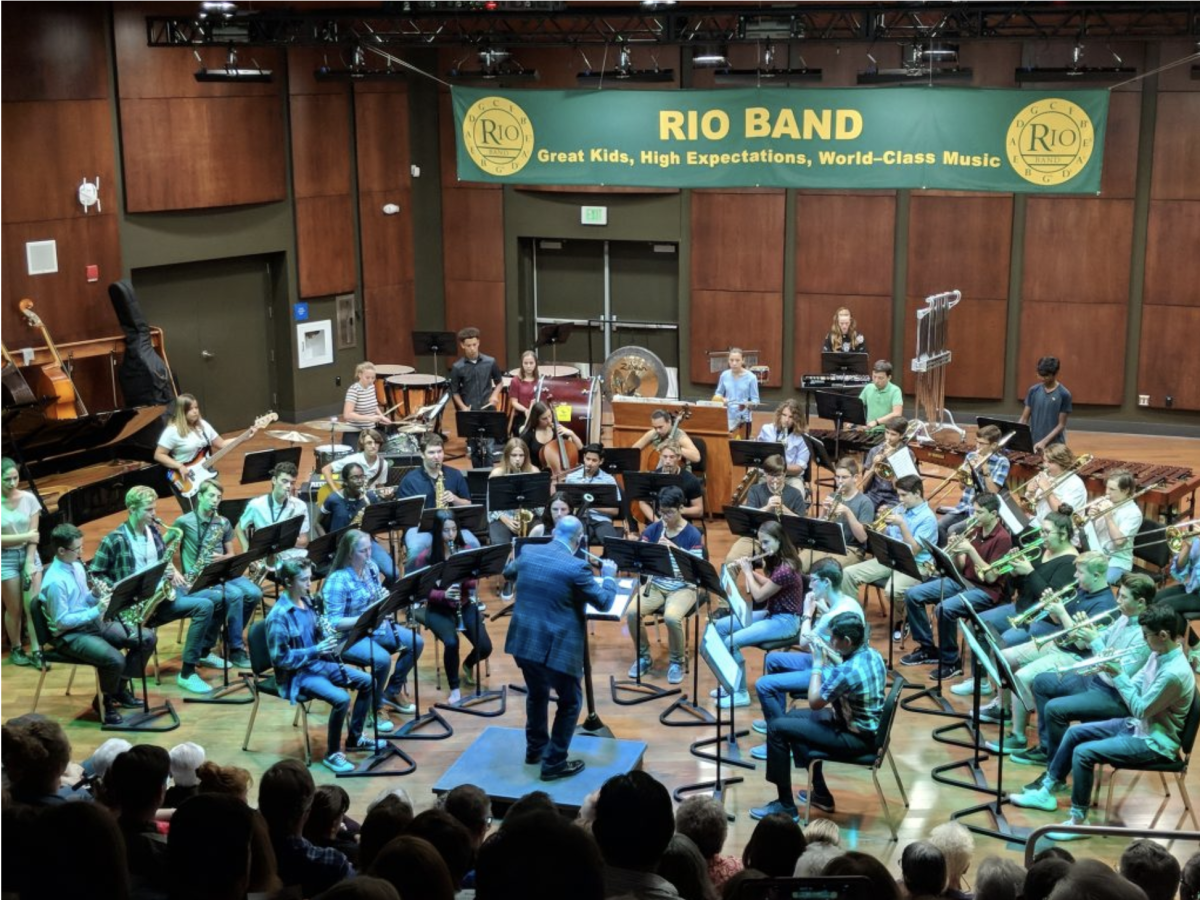
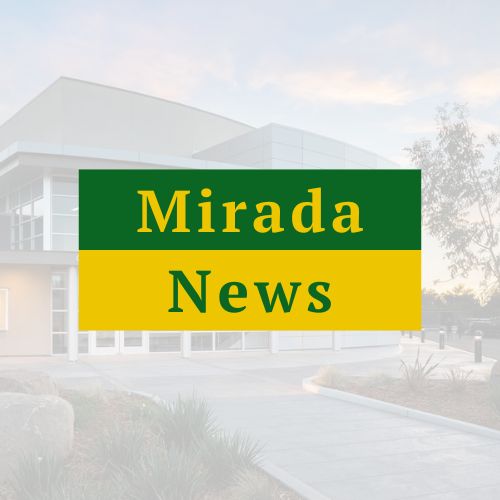

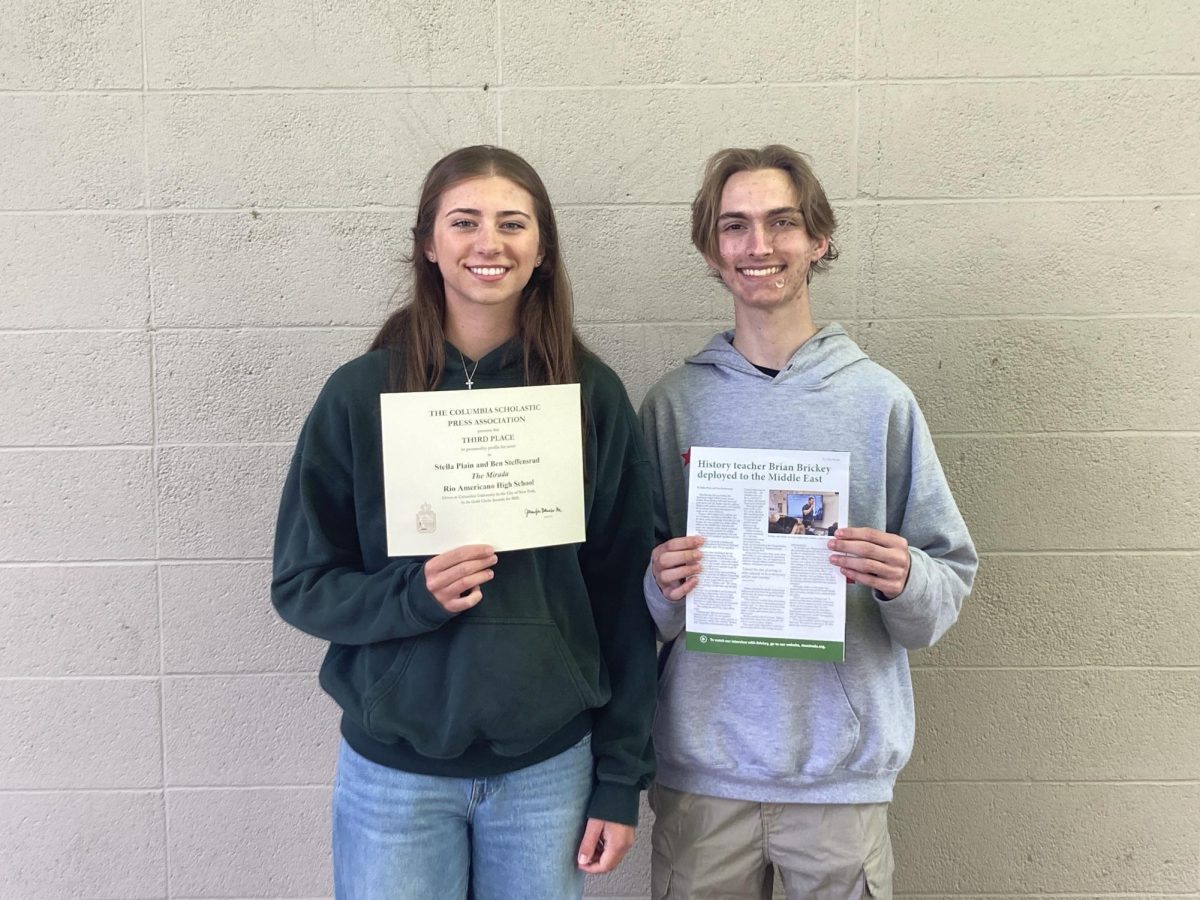
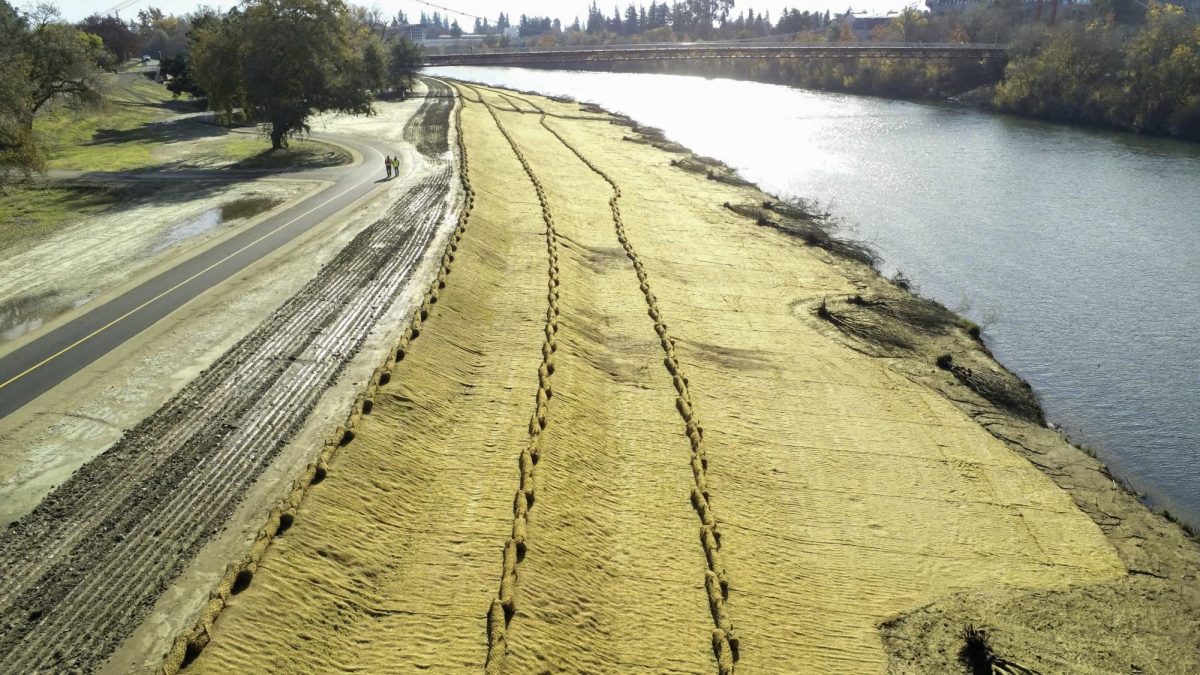



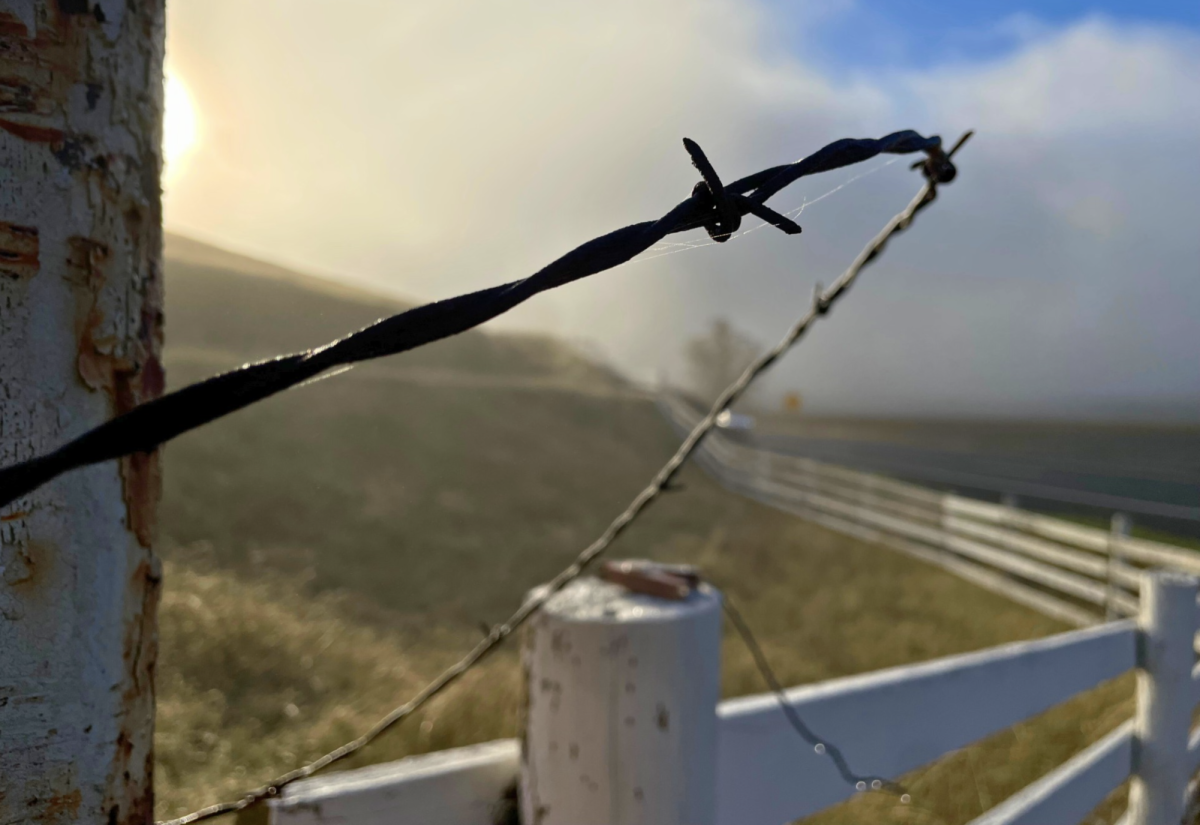
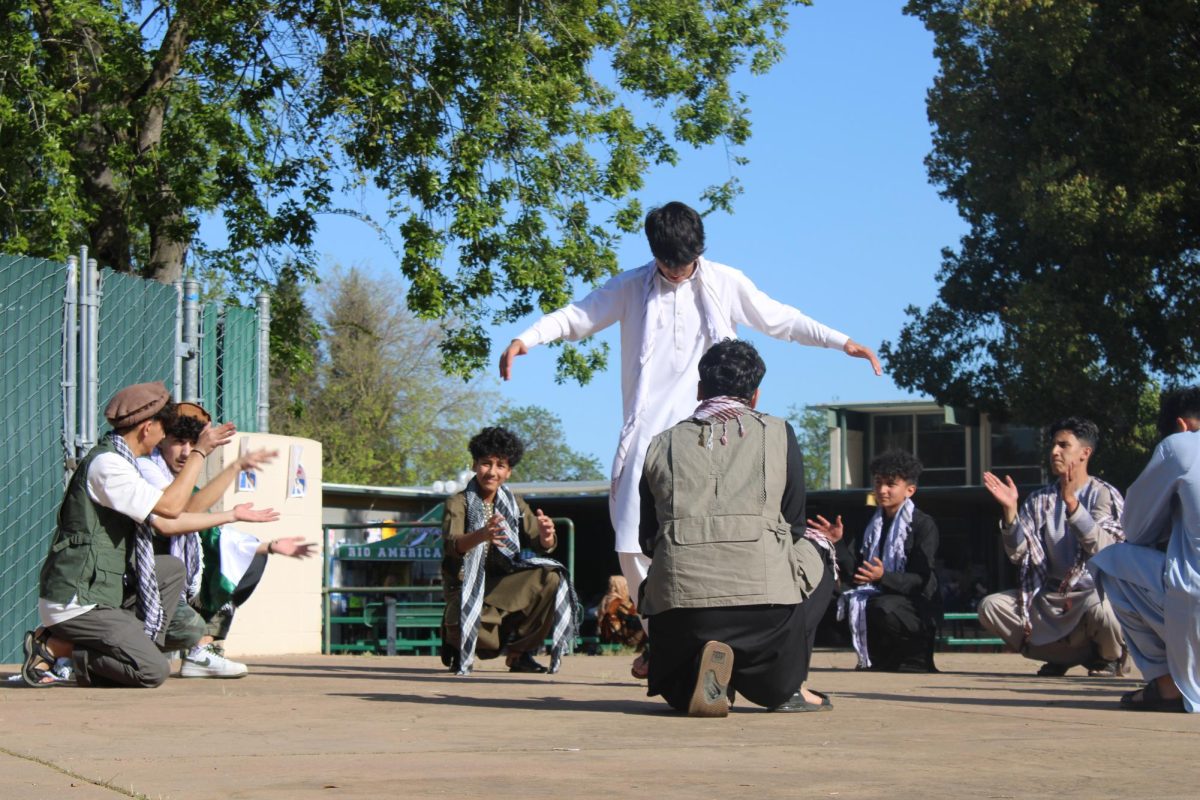
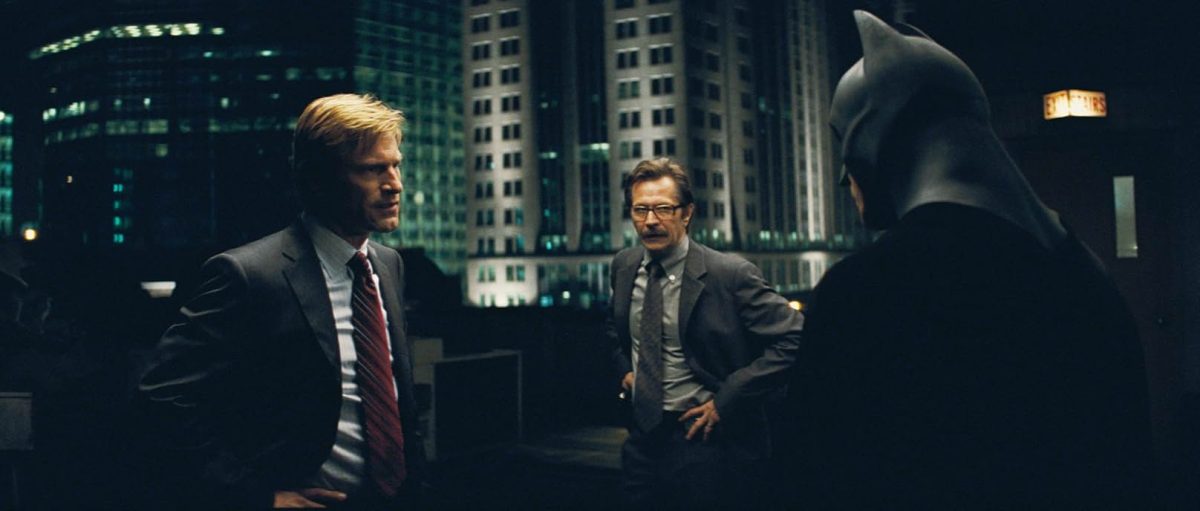
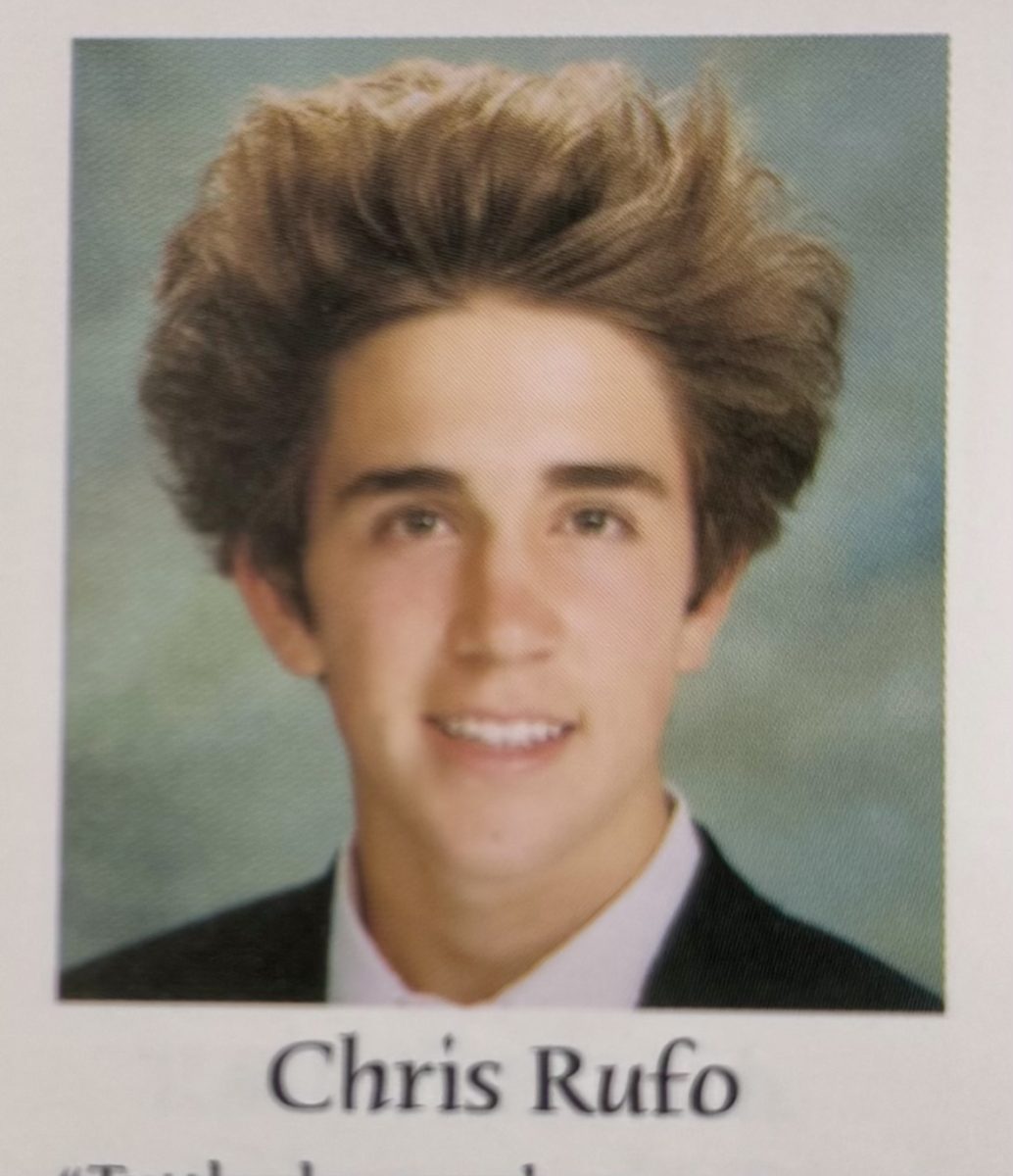
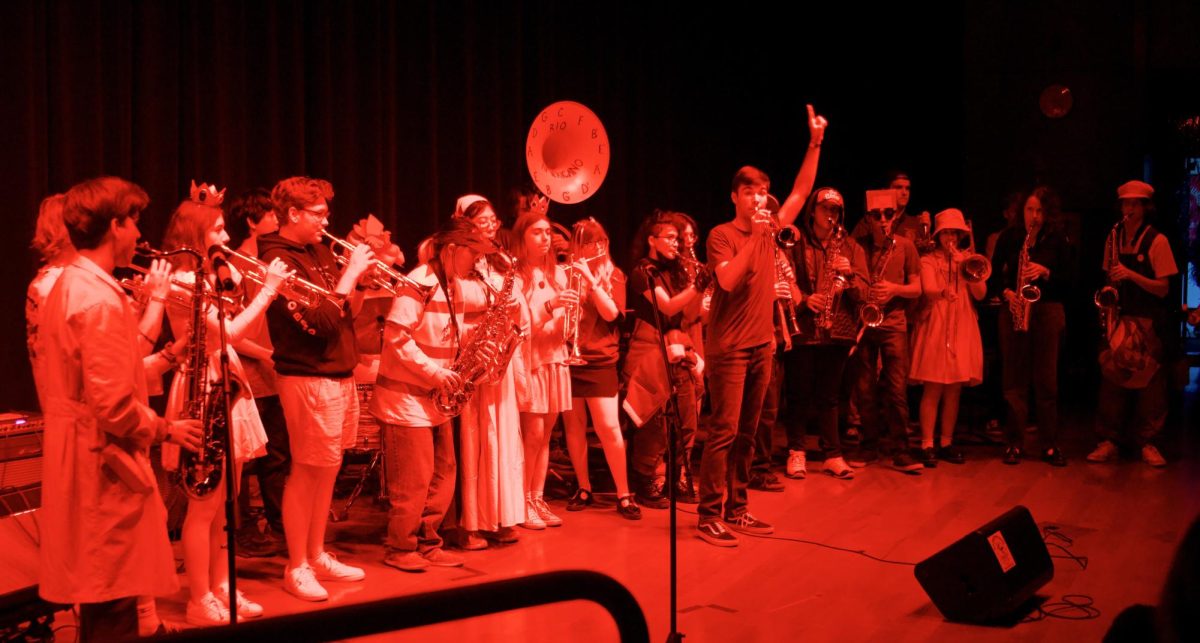
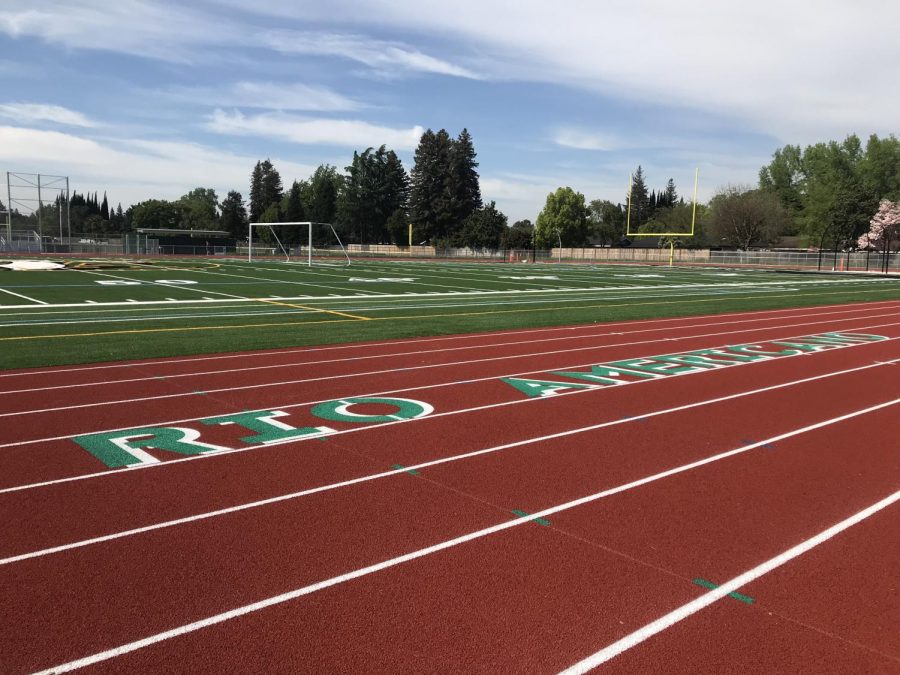
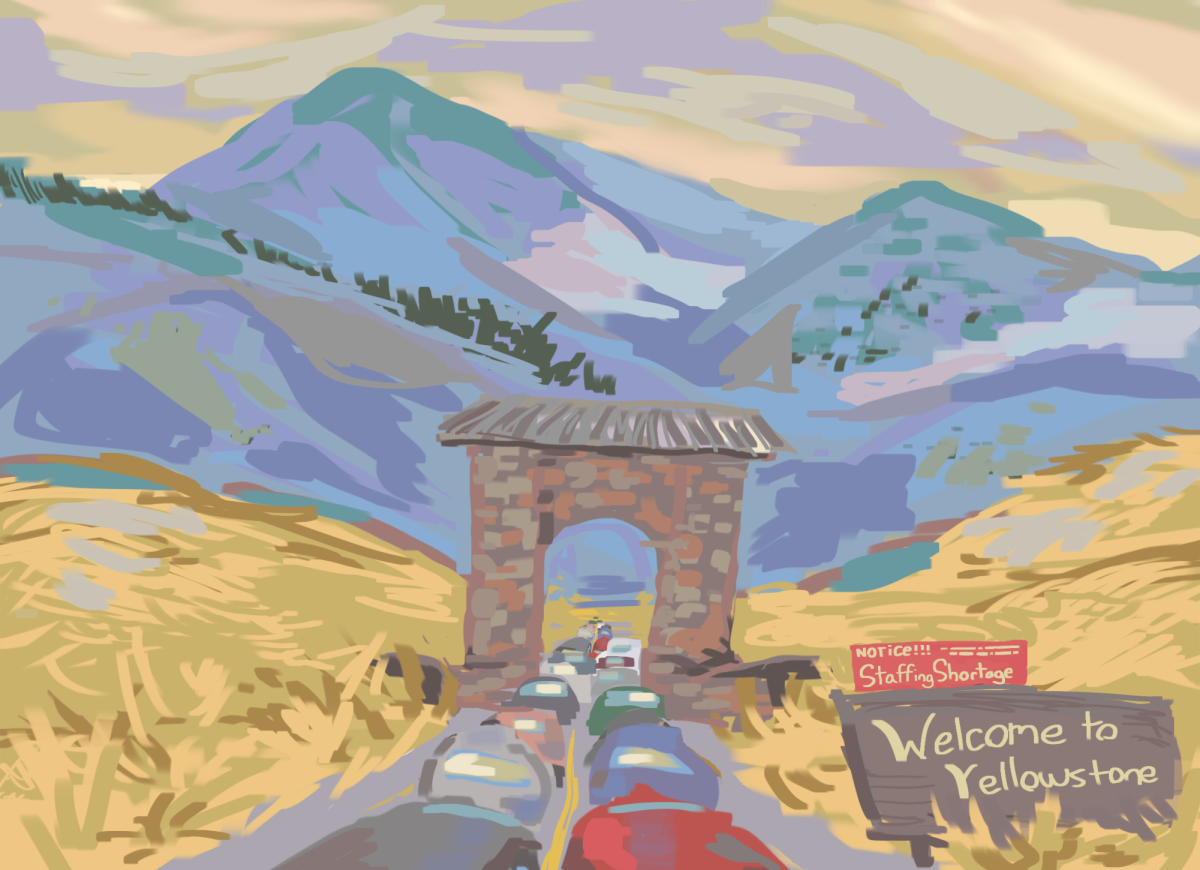
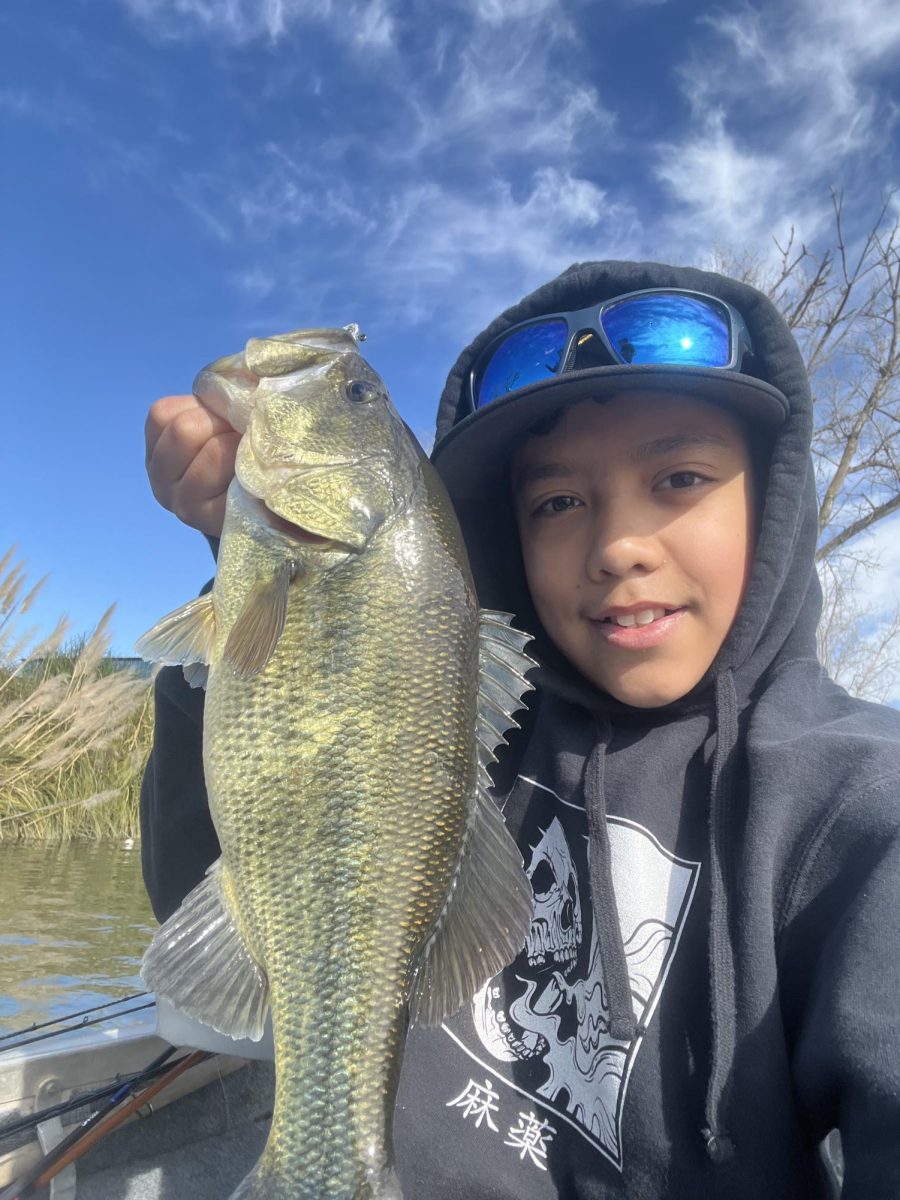
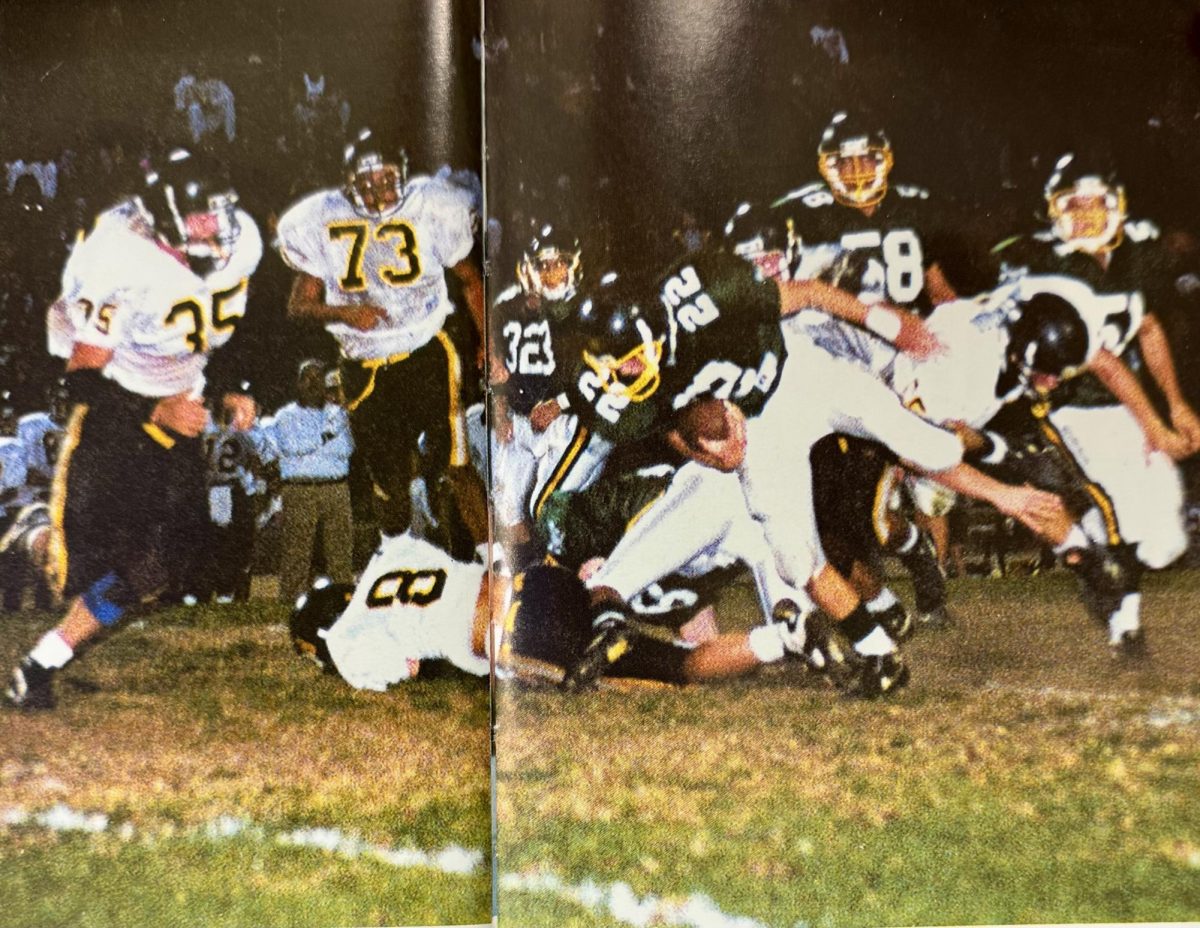
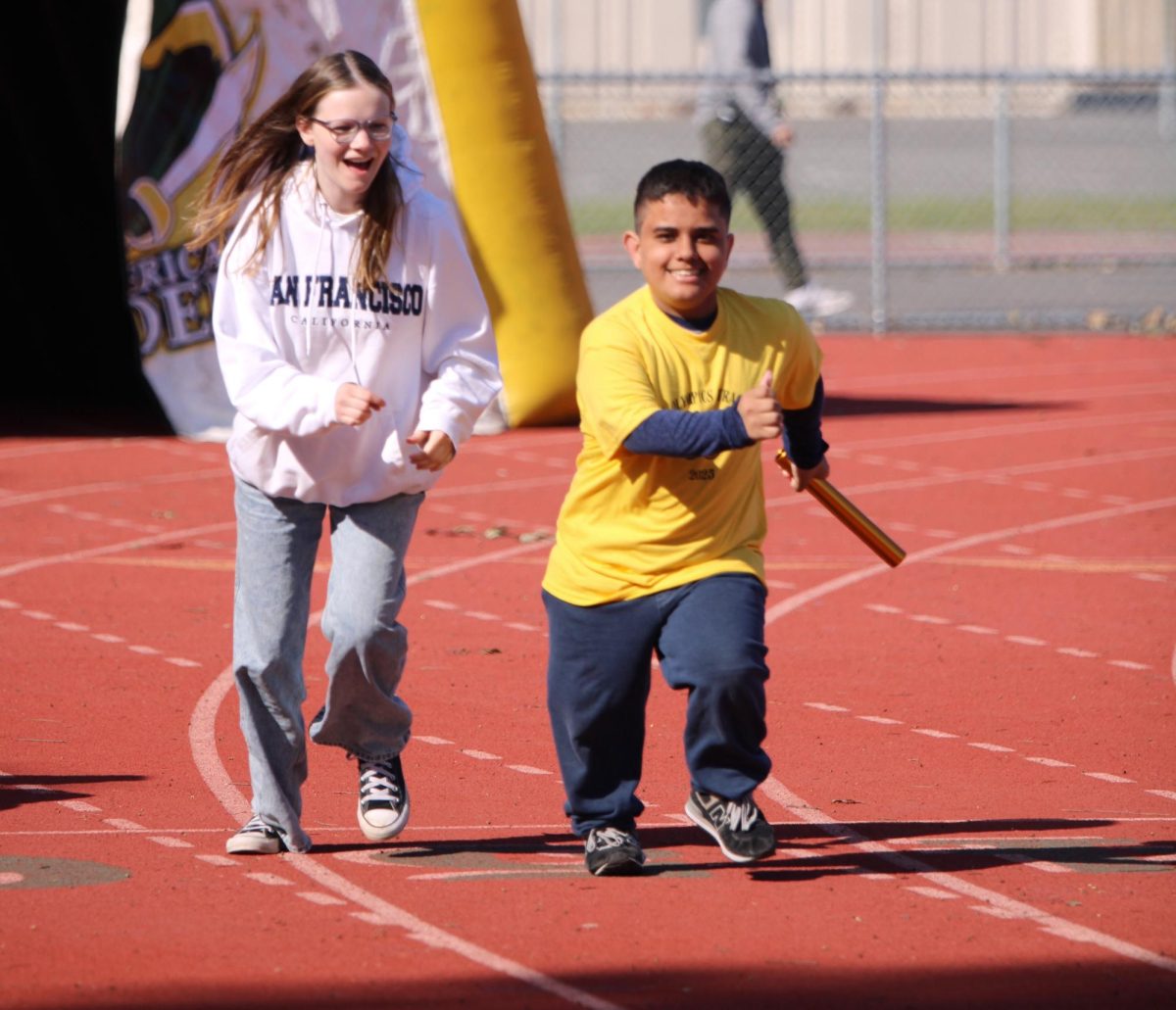
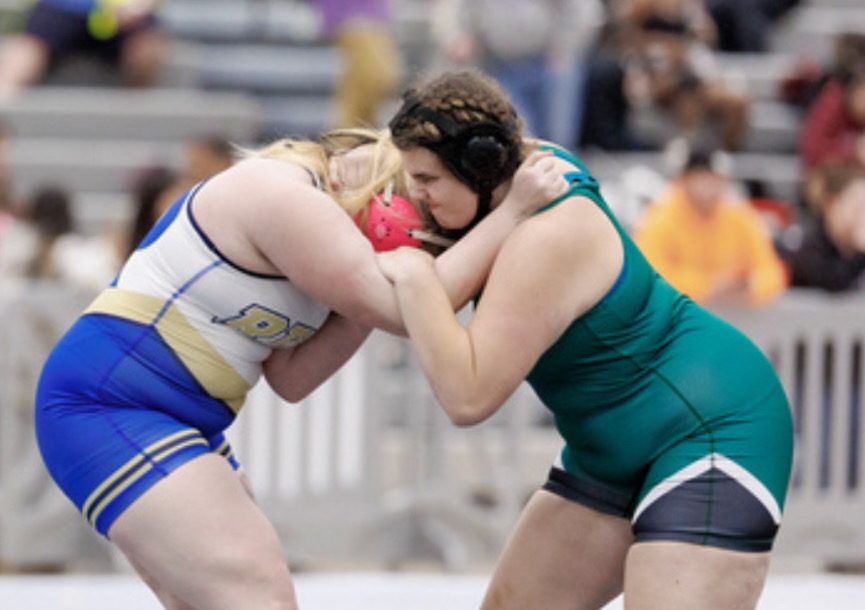
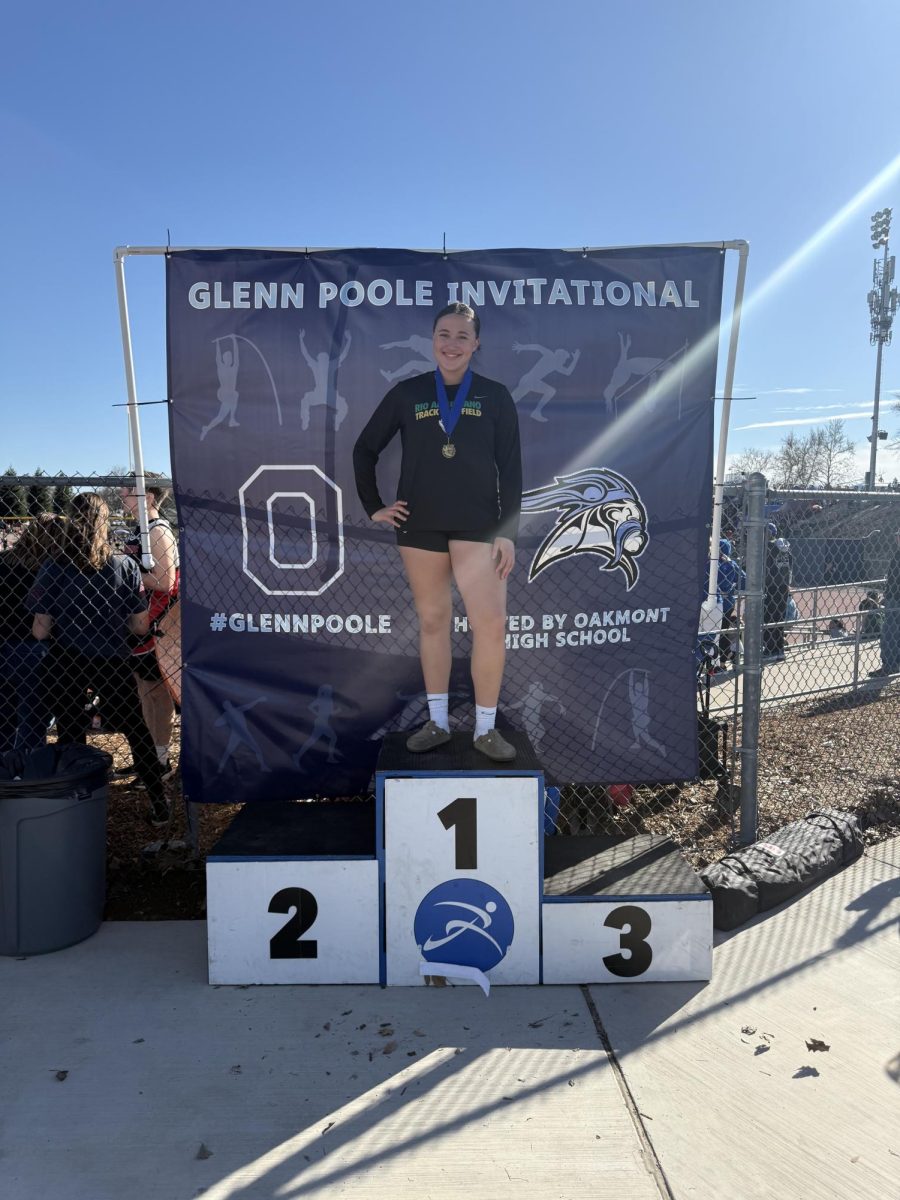
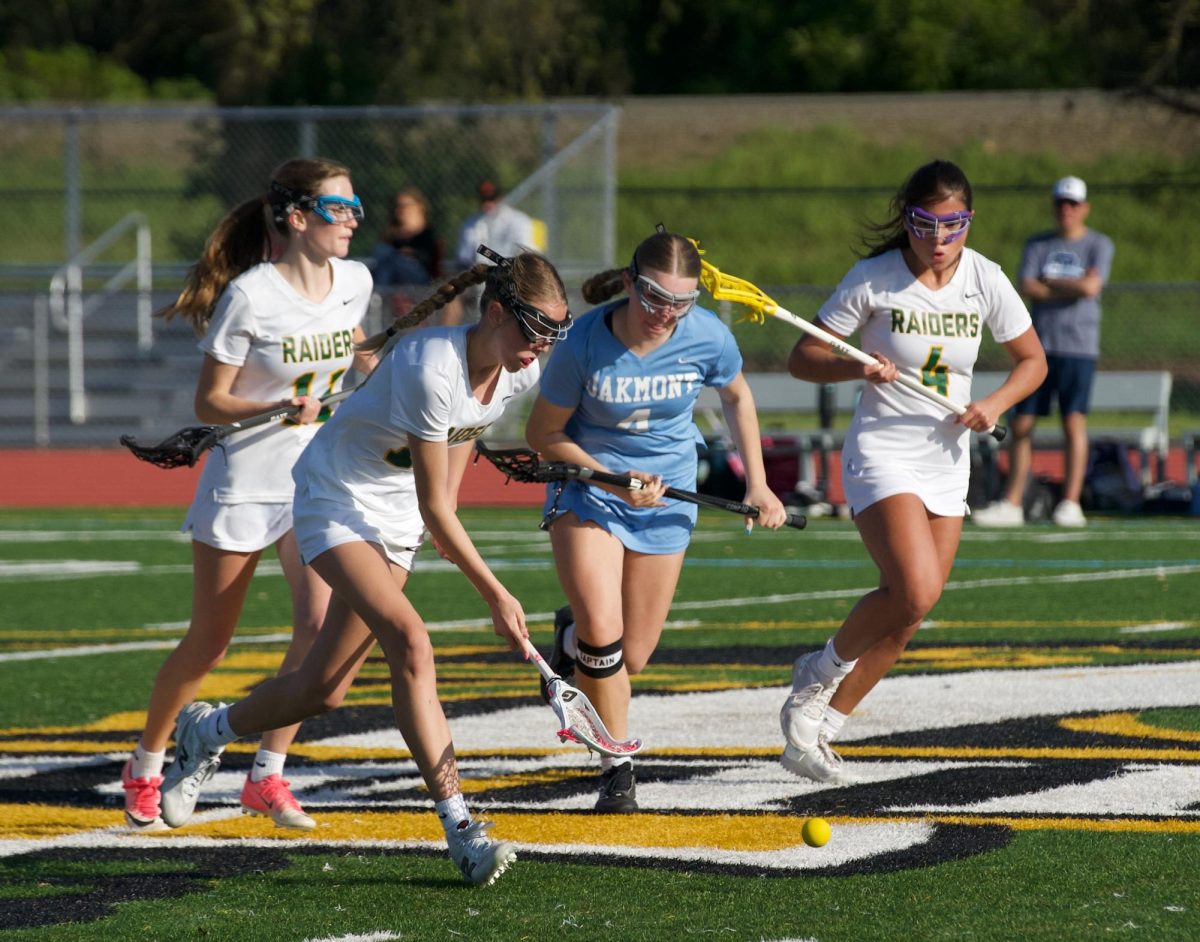
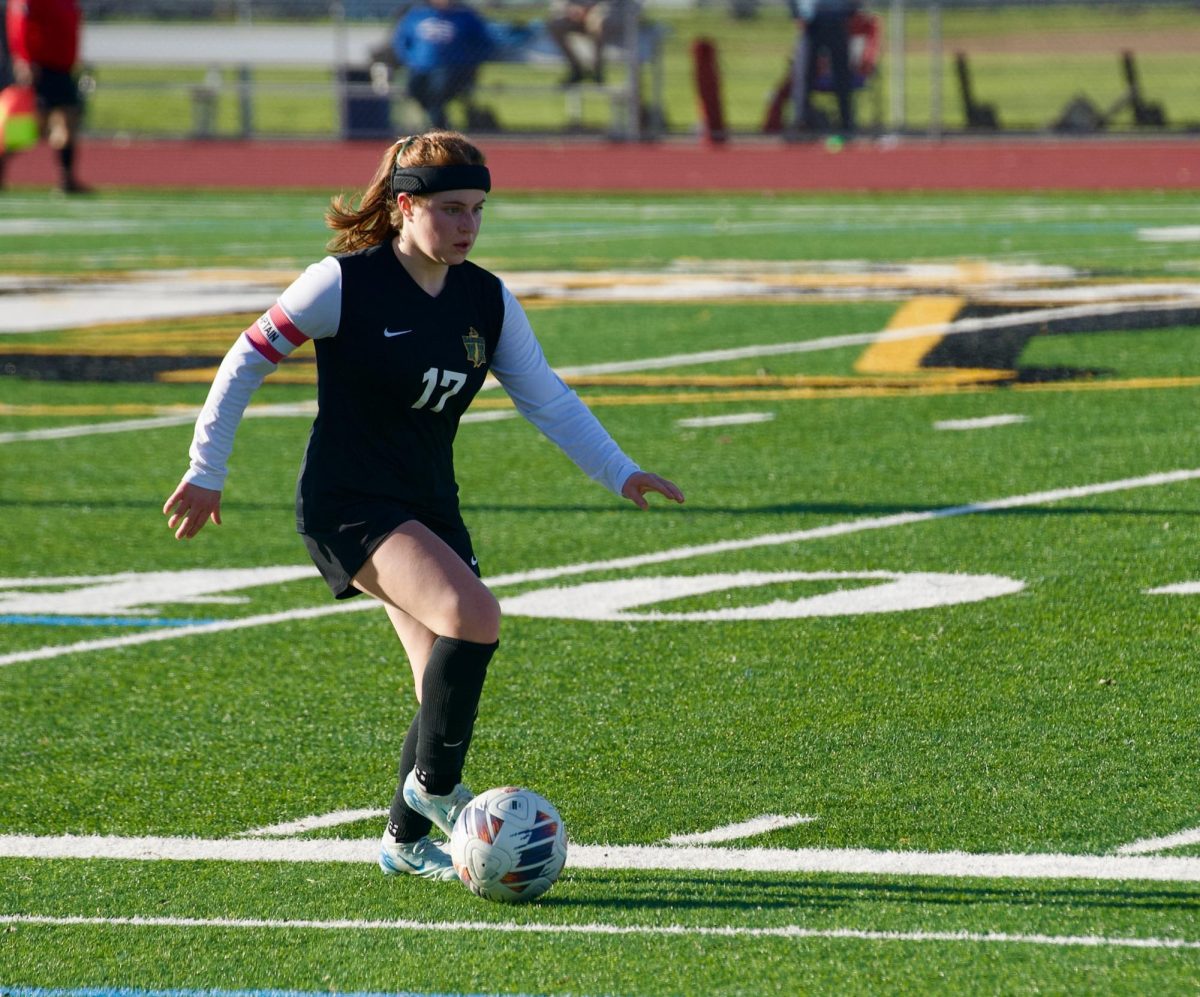
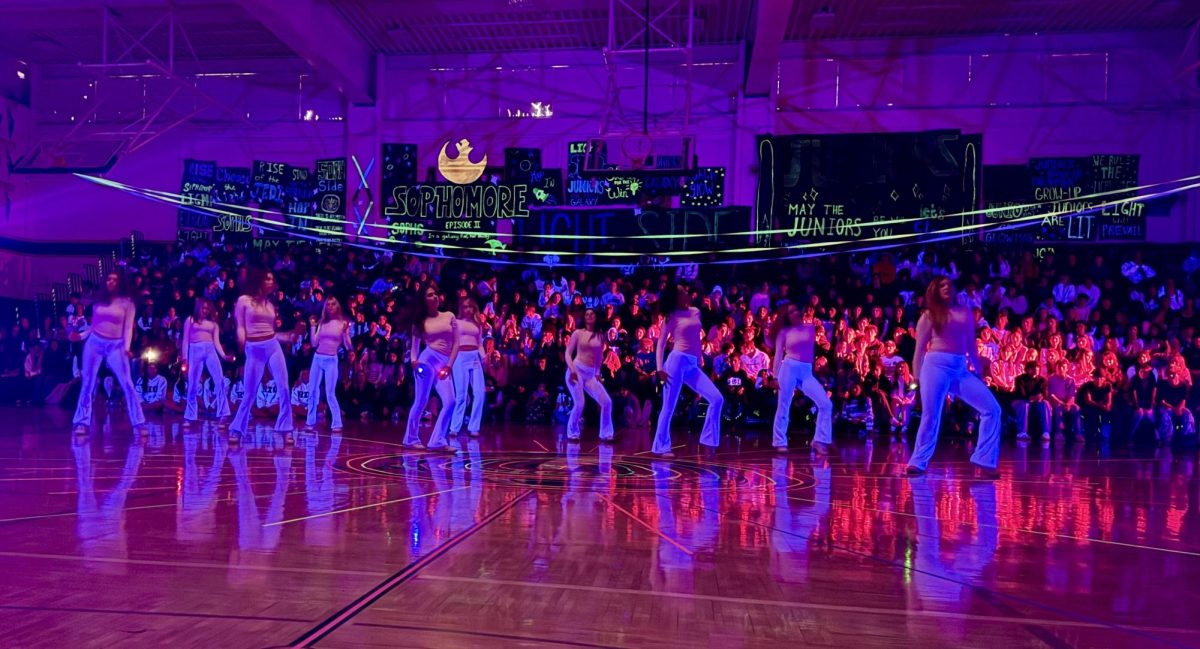







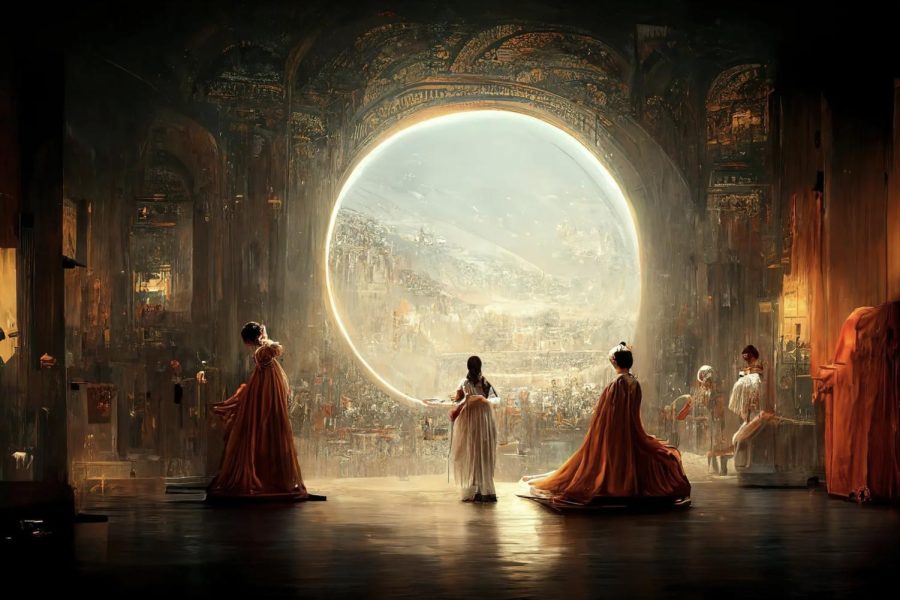
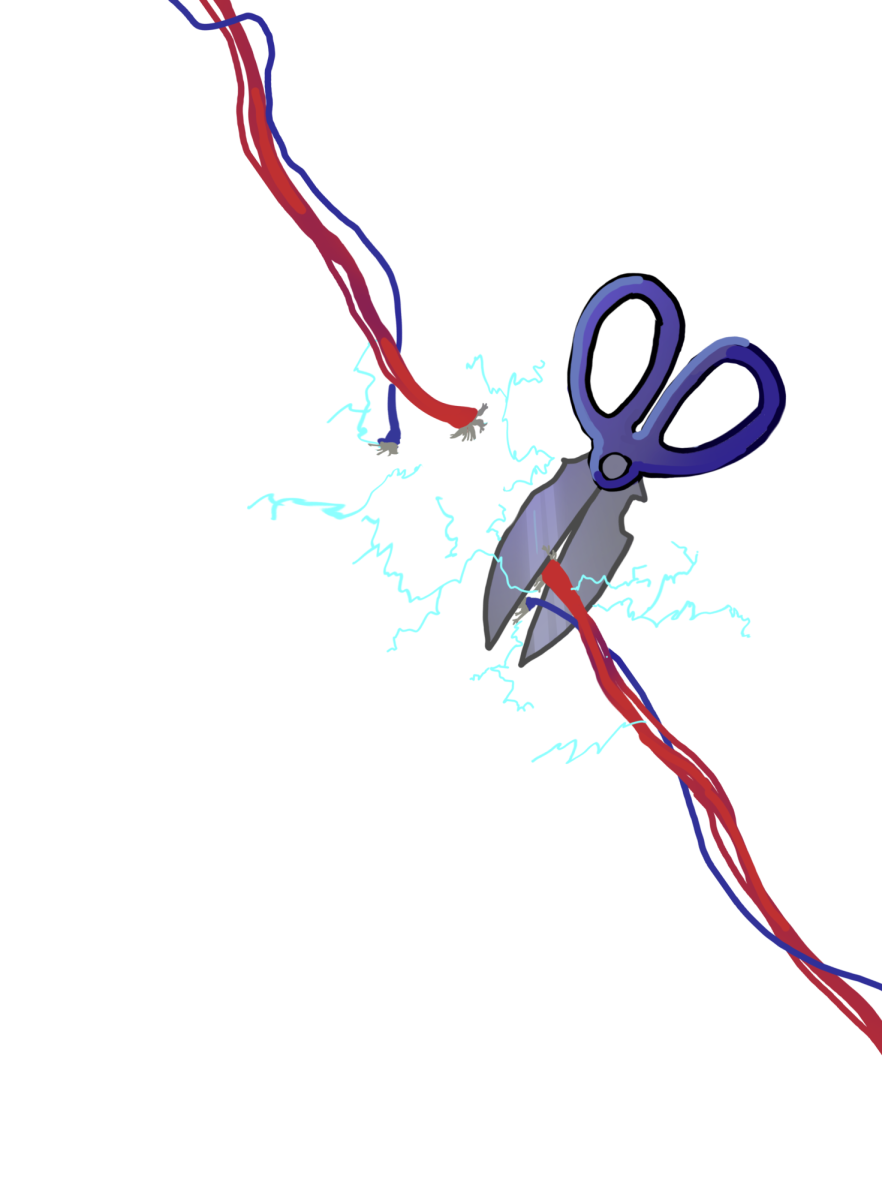
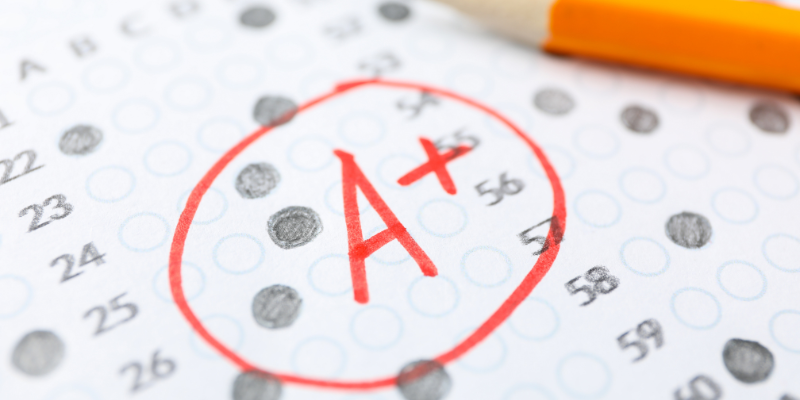
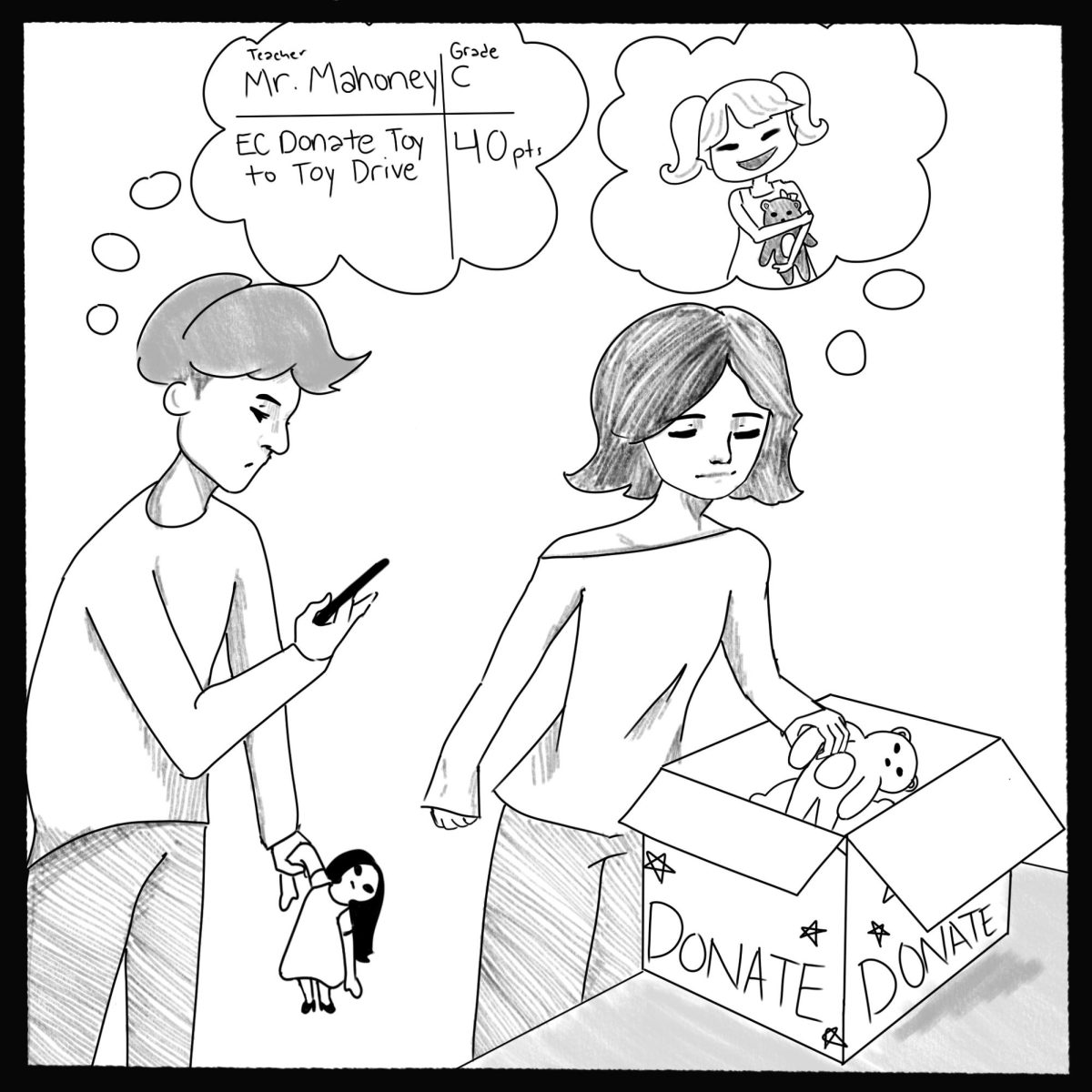

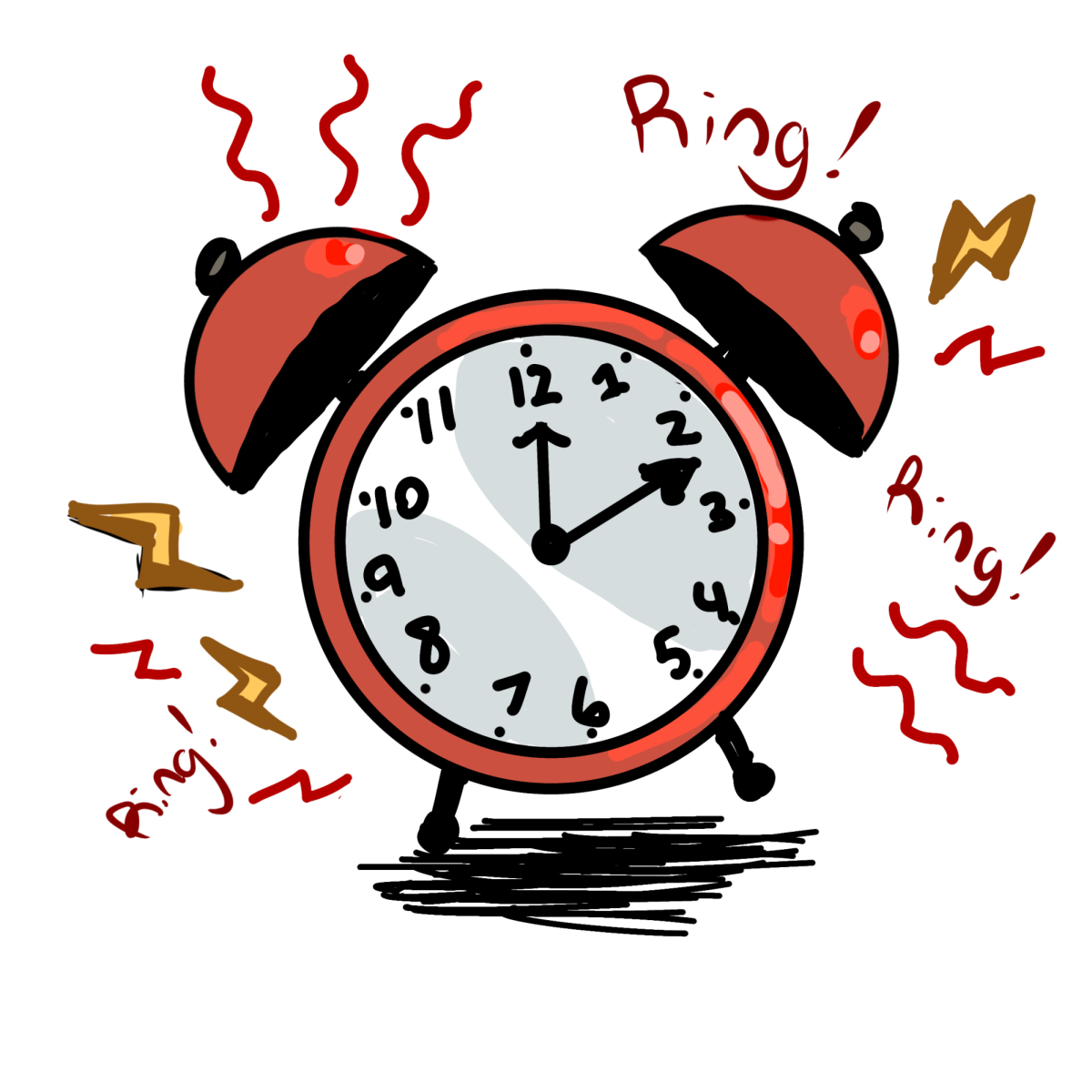
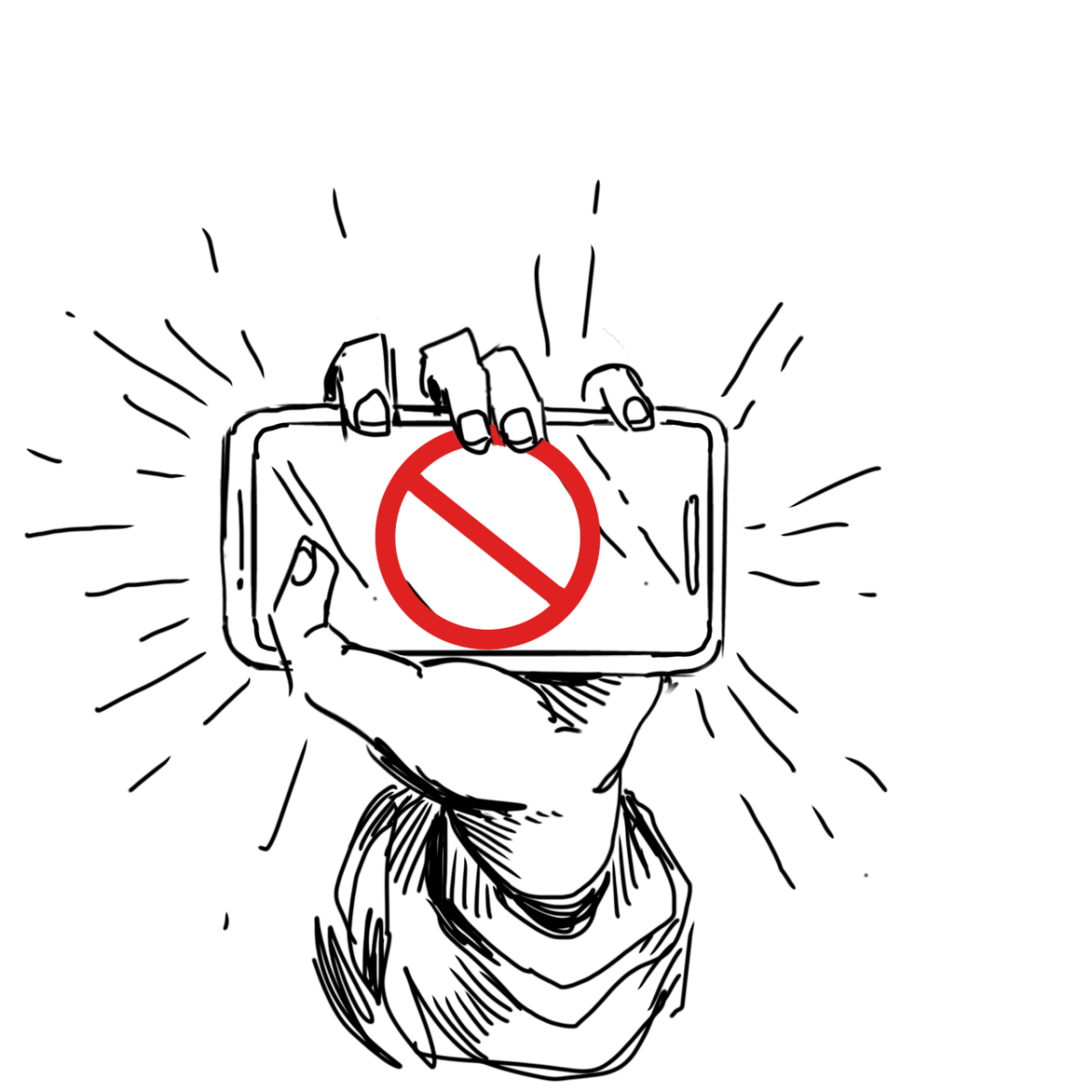
JM • Apr 12, 2024 at 5:06 PM
I think AI image generation is a fine concept but how it’s being used is really disappointing. If it was used as a tool and trained off of art pieces that had consent to be used it’d be something that could be actually promising.
ST • Apr 12, 2024 at 12:31 PM
Its crazy to think that AI was once such a cool concept that we all wanted to explore, and now its something that could potentially be very devastating.
TF • Apr 9, 2024 at 10:04 PM
Wow what an amazing author. I am 100% convinced.